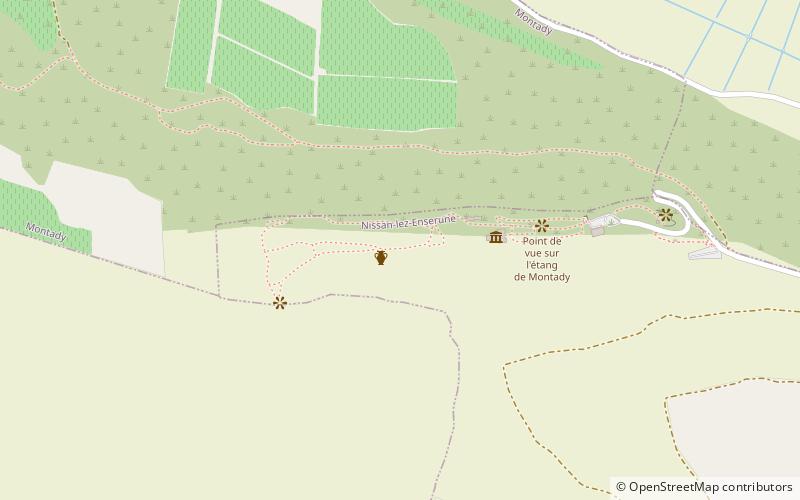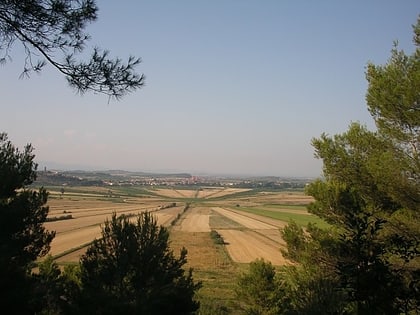Oppidum d'Ensérune


Facts and practical information
Nestled in the heart of the French countryside, the Oppidum d'Ensérune is a historical gem that offers a glimpse into the ancient past of southern France. As a museum and archaeological site, it stands as a testament to the ingenuity and culture of the people who once thrived in the region.
The Oppidum d'Ensérune dates back to the 6th century BC and was continuously inhabited until the 1st century AD. It is one of the most important pre-Roman sites in the area and was once a bustling hilltop settlement overlooking the ancient Etang de Montady, a drained lagoon. The strategic location provided residents with a commanding view of the surrounding trade routes, making it a significant economic and military hub in antiquity.
Visitors to the Oppidum d'Ensérune can explore the remnants of this once-prosperous community, including the remains of houses, streets, and public buildings. The museum houses an impressive collection of artifacts unearthed from the site, such as pottery, tools, and coins, which offer insights into the daily lives of its inhabitants.
One of the most striking features near the site is the Montady pond, which is visible from the oppidum and is remarkable for its radial drainage pattern, a feat of engineering from the 13th century that transformed the wetlands into arable land.
Oppidum d'Ensérune – popular in the area (distance from the attraction)
Nearby attractions include: Béziers Cathedral, Fonseranes Locks, Orb Aqueduct, Water slope.











